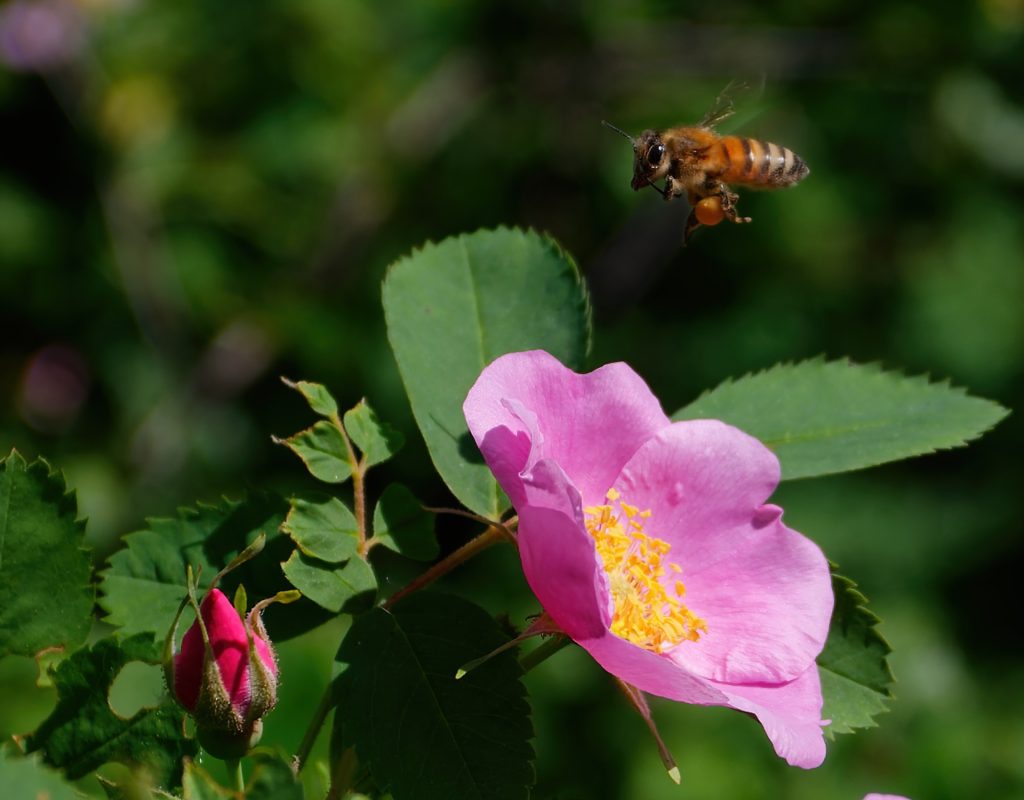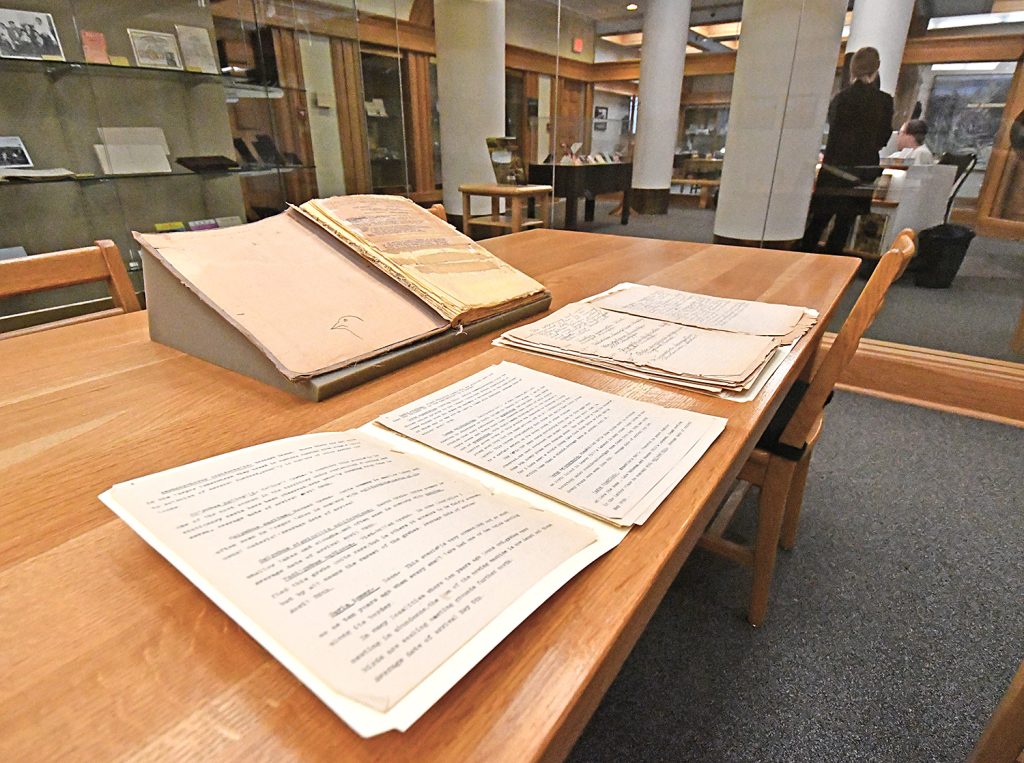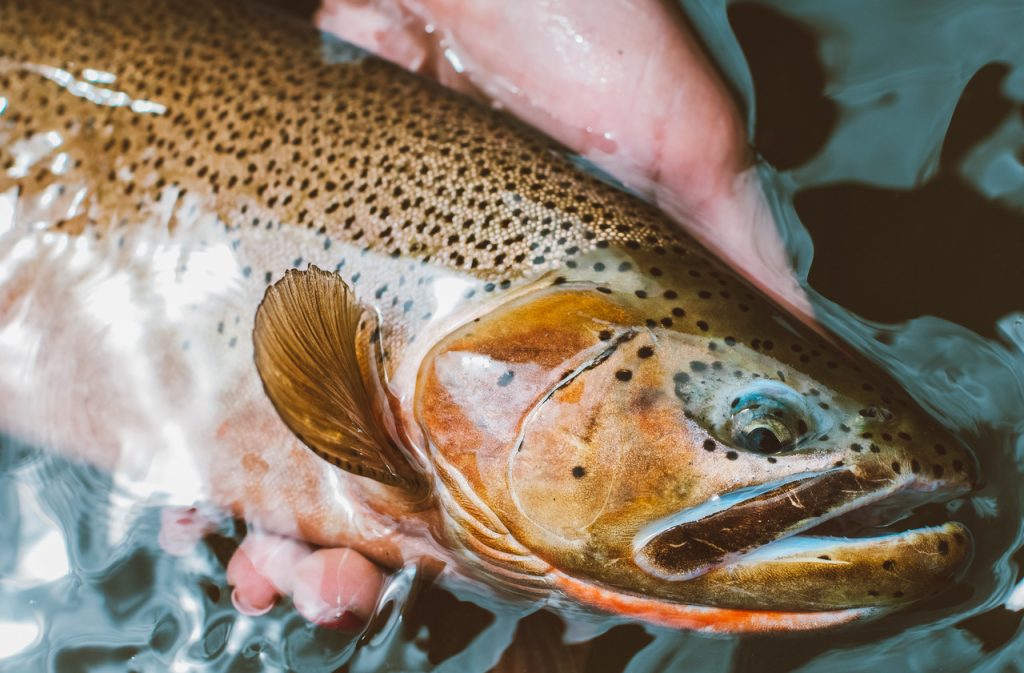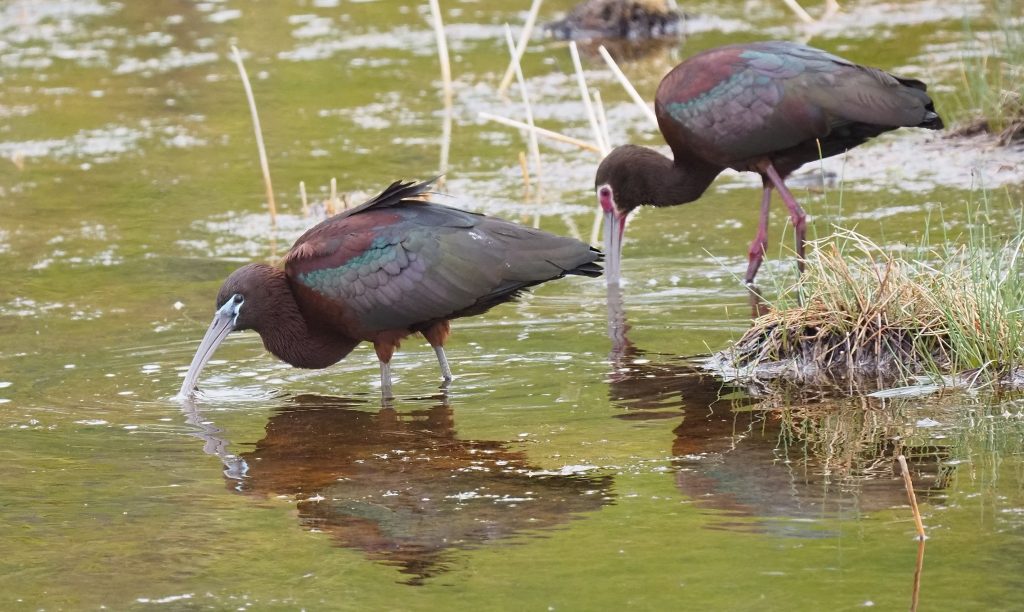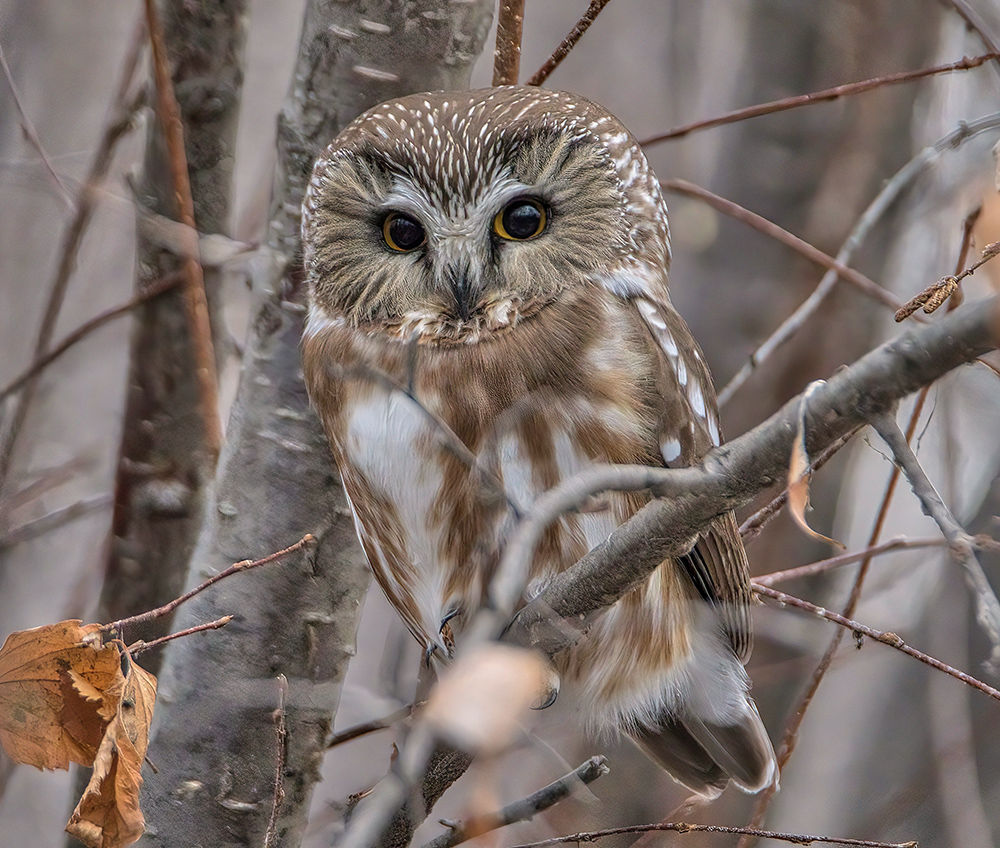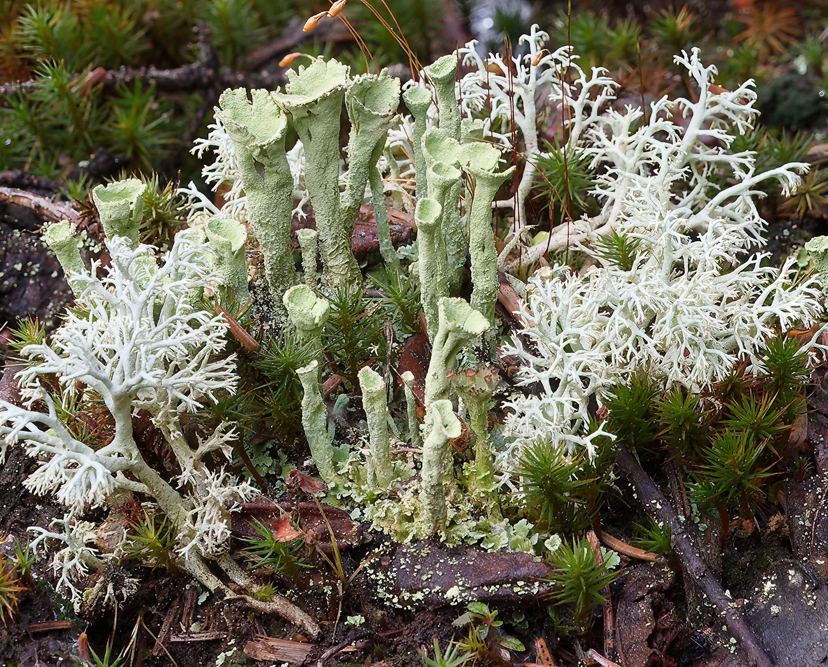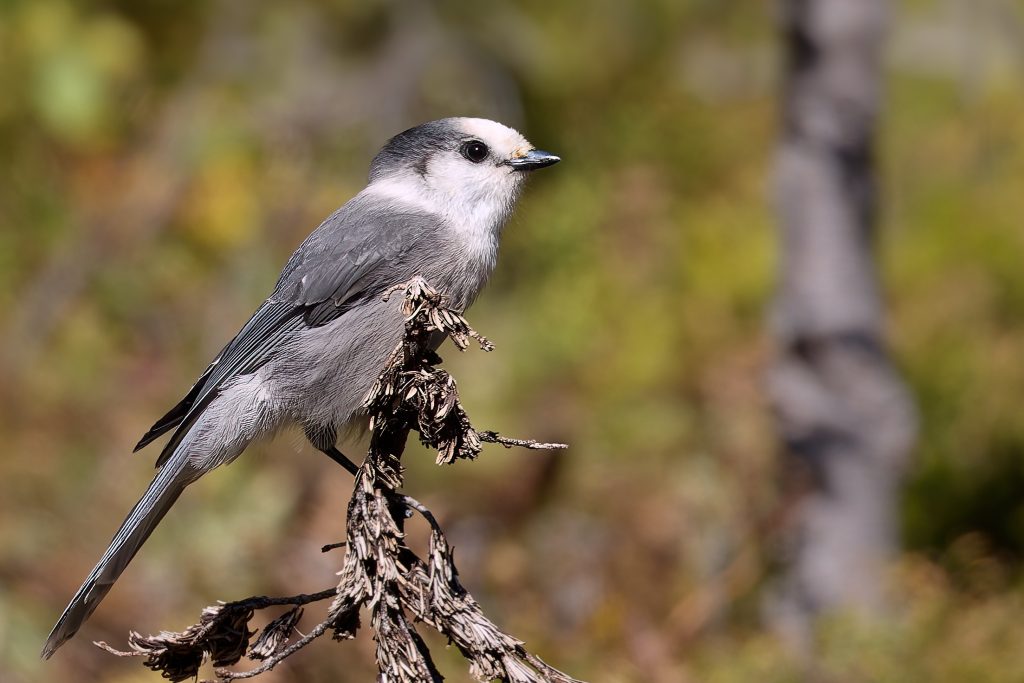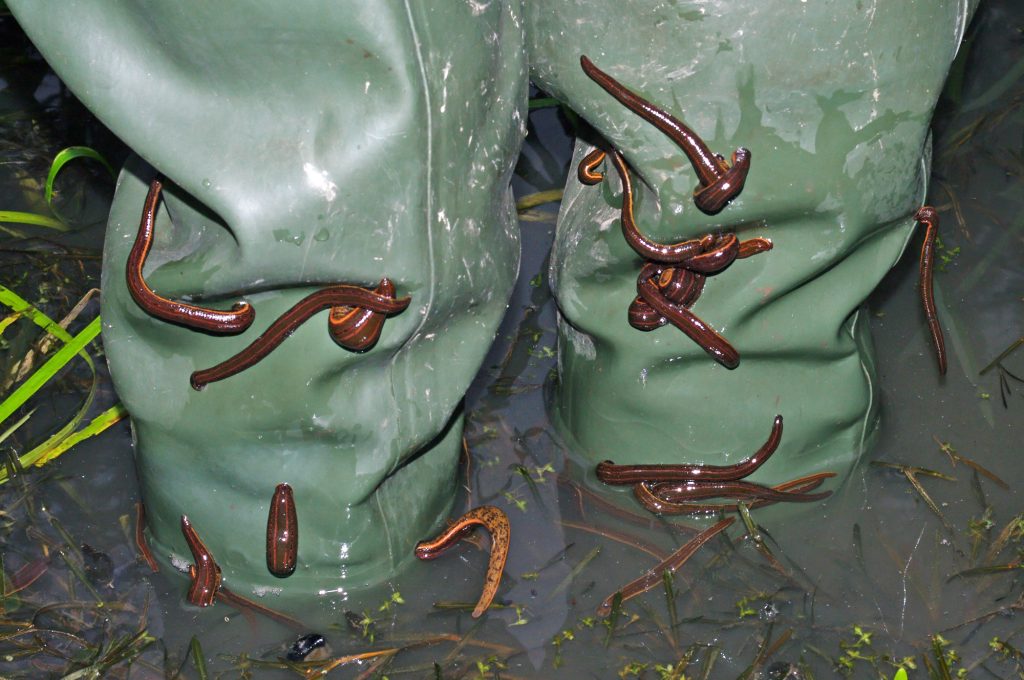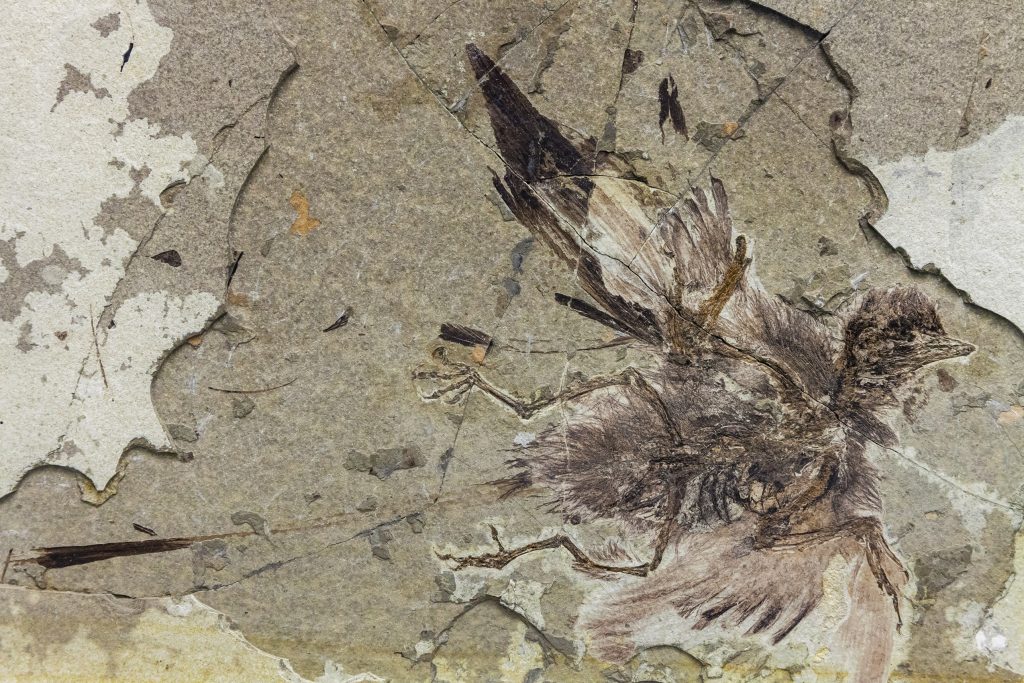Posts
What’s the buzz? What’s happening with Alberta’s unsung nature heroes: native bees!
Read MoreA 1923 manuscript, Birds of Alberta, has recently come to light, describing the birdlife of Alberta a century ago.
Read MoreWhat ten years’ worth of close encounters with urban coyotes tell us about coexisting with these wily canines.
Read MoreLorne Fitch searches for a treasure trove of citizen science data in the fishing diaries of lifelong anglers.
Read MoreAlberta’s official bird record gained five first-time species sightings last year!
Read MoreThere’s lots to love about lichens! Meet some of Alberta’s most colourful examples of these fascinating amalgam organisms.
Read MoreMeet the grey ghost of the northern woods — the mischievous yet charming Canada jay.
Read MoreBY CHERYL TEBBY
Popular depictions of leeches often include concentric rows of sharp, fang-like teeth, or maybe an elongate ventral sucker that enables them to cling to their victim like the sticky-hand toys found in birthday “goody bags.” But in real life, leeches are a little more prosaic, much less horror-movie monster.
Read MoreBY RICHARD SCHNEIDER AND NICK CARTER
The origin of the avian body plan is not something bird watchers often think about. With so many species to find and identify out there, what does it matter how they originated? However, the story of bird evolution is a fascinating one, and understanding it can bring great enrichment to the hobby of birdwatching.
Read More
